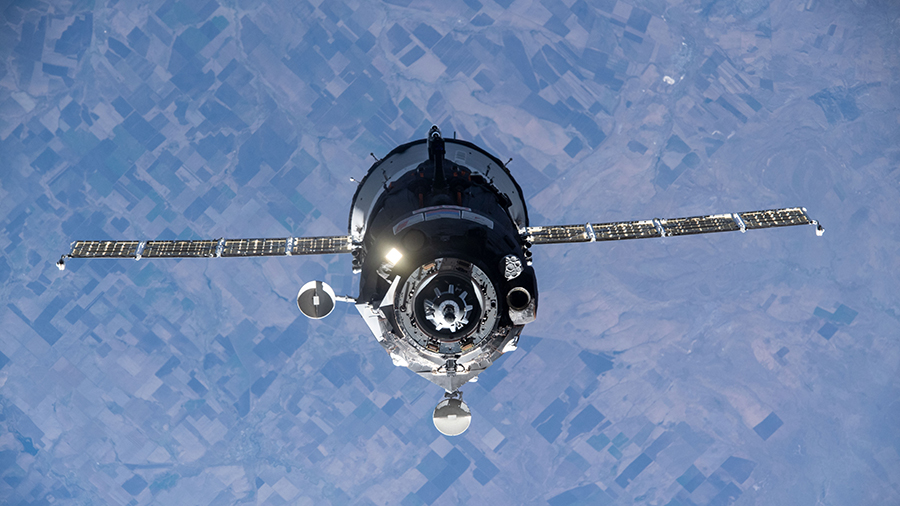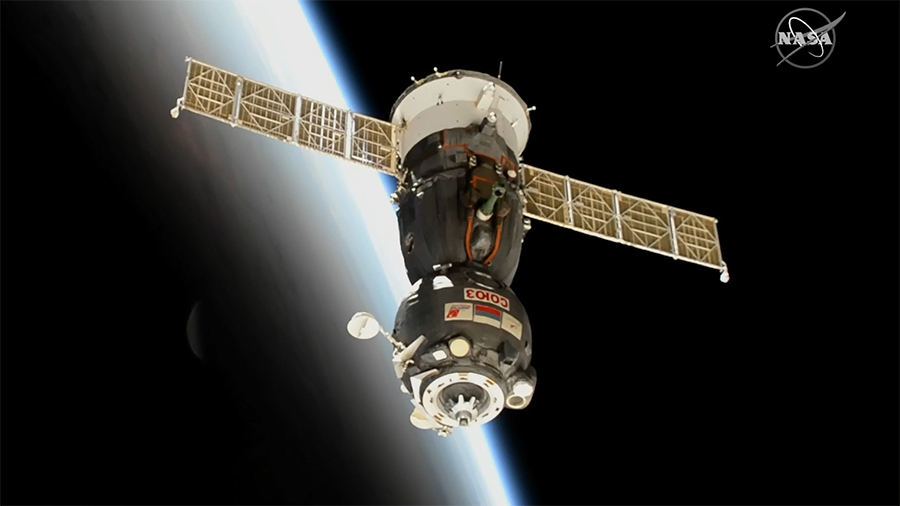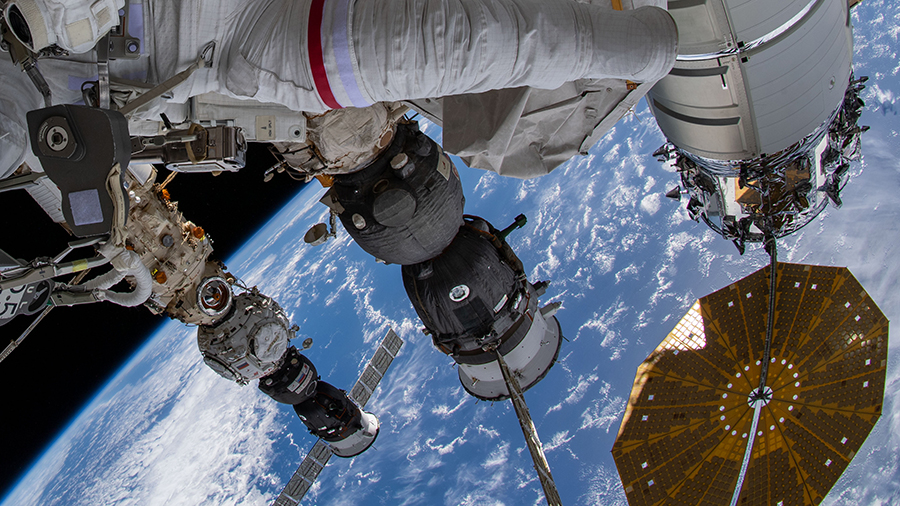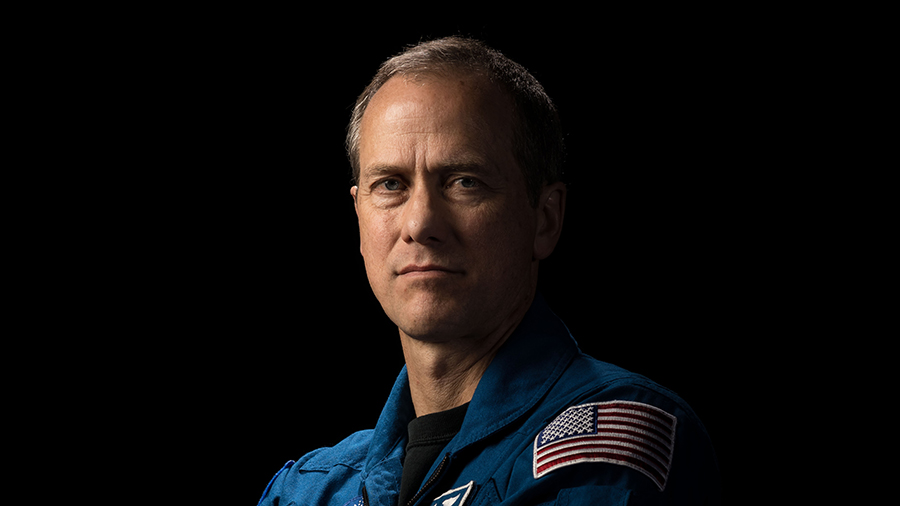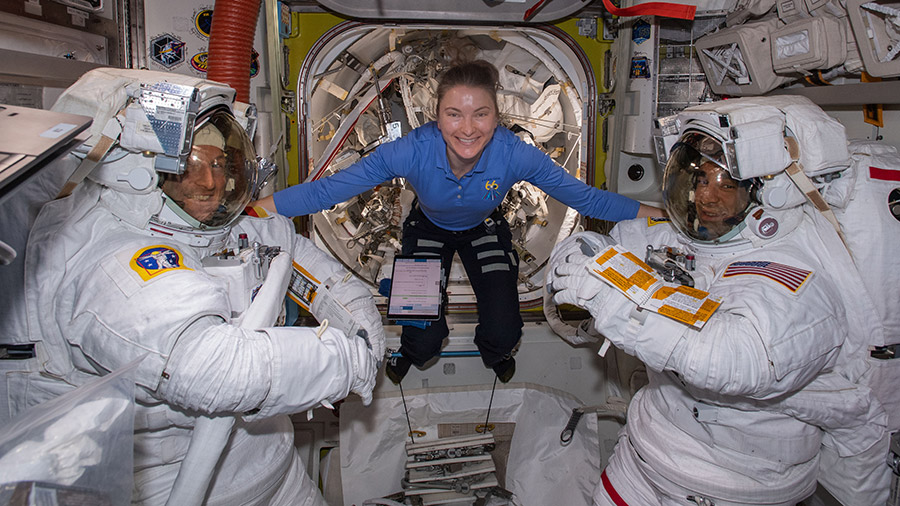
Expedition 67 is officially underway following Wednesday’s undocking of three International Space Station crew members. Meanwhile, the seven orbital residents had a full schedule of human research and lab maintenance tasks on Thursday.
NASA astronaut Mark Vande Hei returned to Houston today following his landing in Kazakhstan on Wednesday at 7:28 a.m. EDT with cosmonauts Anton Shkaplerov and Pyotr Dubrov. The trio undocked from the station’s Rassvet module in their Soyuz MS-19 crew ship just over four hours earlier officially ending the Expedition 66 mission.
The station’s new commander, NASA astronaut Tom Marshburn, assumed command of the station from Shkaplerov the day before and will lead Expedition 67 until his departure. He started his day turning on the Astrobee robotic free flyers to capture video imagery inside the station. He also joined his SpaceX Dragon crewmates, astronauts Raja Chari and Kayla Barron of NASA, and Matthias Maurer of ESA (European Space Agency), for a conference with mission managers on the ground. The quartet also called down to the SpaceX Crew-4 astronauts slated to join them in late April.
Chari was in charge of eye checks today as he scanned the eyes of Marshburn and Maurer using medical imaging gear. Chari also partnered with Barron and studied how the central nervous system adapts to the lack of traditional up and down cues in microgravity. Maurer spent the afternoon configuring and monitoring the Astrobee robotic helpers to explore their ability to conduct autonomous maintenance tasks.
Three cosmonauts are continuing to get up to speed with life in space while working on their array of science and lab upkeep tasks. Veteran cosmonaut Oleg Artemyev unpacked cargo from inside the Soyuz MS-21 crew ship and serviced hardware in the station’s Russian segment. First time space-flyers Sergey Korsakov and Denis Matveev spent the day maintaining a variety of communications and ventilation gear while getting familiar with space station systems.
Learn more about station activities by following the space station blog, @space_station and @ISS_Research on Twitter, as well as the ISS Facebook and ISS Instagram accounts.
Get weekly video highlights at: http://jscfeatures.jsc.nasa.gov/videoupdate/
Get the latest from NASA delivered every week. Subscribe here: www.nasa.gov/subscribe


